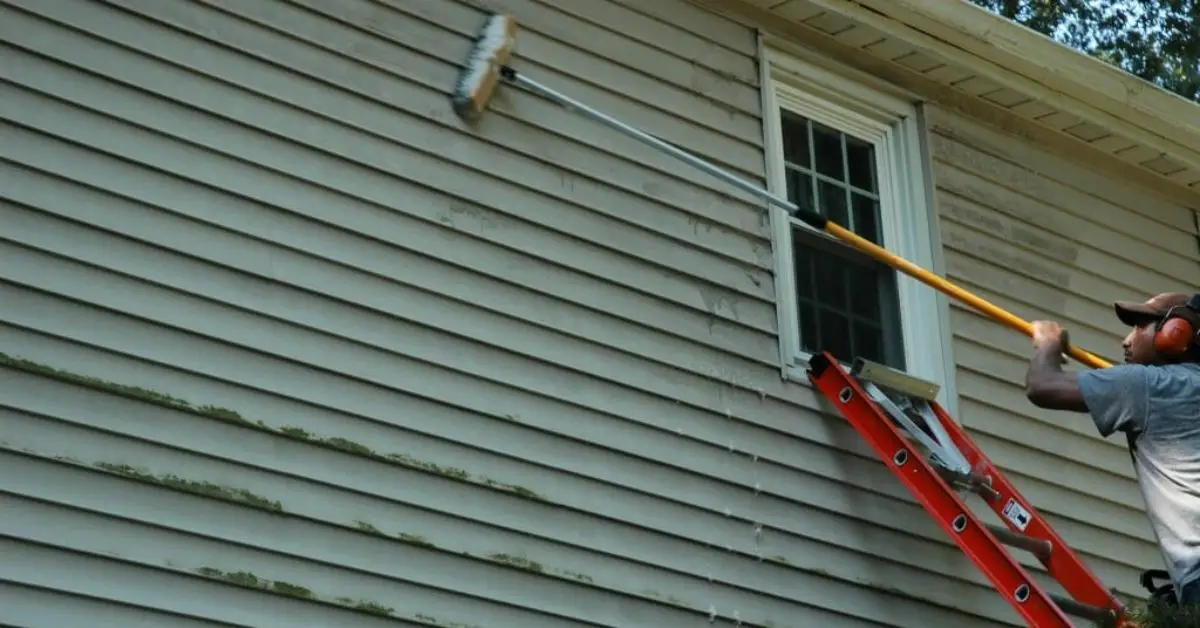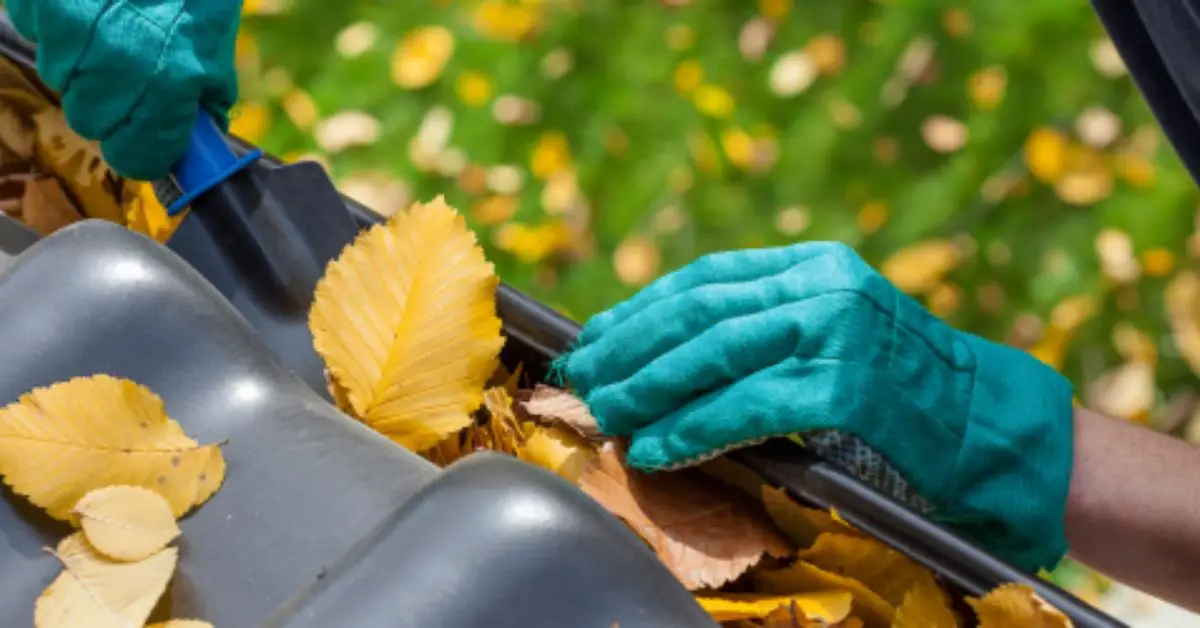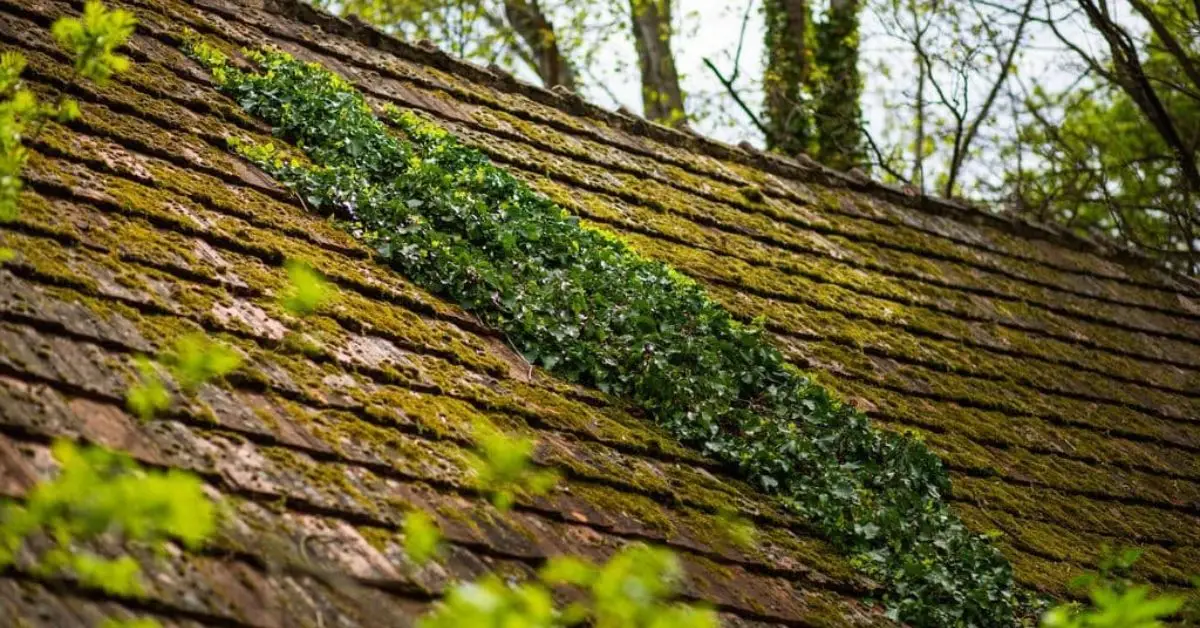See These 4 Signs? It’s Time to Clean Your Home’s Exterior—Before Damage Sets In
You might not notice it right away, but your home’s exterior is quietly collecting layers of dirt, algae, mold—and even damage. I’ve seen too many homeowners wait until things look really bad before taking action. By then, the siding’s stained, the deck’s slippery, and repairs cost way more than a quick clean would’ve.
So here’s the truth: the outside of your house speaks. If you know what to look for, it tells you when it needs attention. And no, it’s not about pressure washing every spring just because a blog said so—it’s about spotting the real-life signs that say “it’s time.”
In this article, I’ll walk you through four simple but important clues that your home is overdue for an exterior clean. No fluff, no scare tactics—just practical signals and smart habits that’ll help you avoid long-term damage and protect your home’s value.
And if you’ve ever wondered, “Is now the right time to clean my house exterior?”—this is for you.
Let’s get into it.
Quick Visual Cues: 4 Signs Your Exterior Needs Cleaning Now
You don’t need to be a contractor or climb up on the roof to know when your house is crying out for a clean. The signs are usually right in front of you—literally. These aren’t vague tips. These are the real, visible clues I tell every homeowner to look for.
If you notice even one of these, it’s time to stop putting it off.
1. Green, Black, or Brown Stains on Your Siding or Roof

Have you spotted strange streaks on the siding or dark patches on the roof? That’s not just dirt—it’s often algae, mildew, or pollution buildup. Over time, these stains don’t just look bad. They damage paint, trap moisture, and can lead to permanent staining if ignored. If it looks “off,” it probably is.
2. Mold or Mildew Growing in the Shaded Corners
Walk around the side of your house that gets the least sunlight. Do you see fuzzy green growth or slick black spots? That’s mold, mildew, or algae settling in. And the longer it sits, the more it sinks into porous surfaces like wood or stucco.
These growths can even start to affect your indoor air if they’re near vents or cracks.
3. Gutters Overflowing or Leaving Streaks Down the Wall
Overflowing gutters aren’t just a drainage issue—they often leave brown or black streaks on your walls and signal blockages or rotting debris. If you see grime near downspouts or dirty water trails along the siding, your gutters and walls both need attention.
4. Slippery, Stained Decks or Driveways
Ever walked across your patio or driveway and almost slipped? That slimy, stained surface isn’t just from rain. It’s a buildup of algae, mold, and grime. If the area feels slippery, smells musty, or shows signs of splinters and decay, it’s time to clean it—before someone gets hurt.
According to Advantage Pro Services decks and driveways are some of the most overlooked surfaces, even though they collect the most grime and pose safety risks when left untreated.
If you’re seeing it, smelling it, or slipping on it—it’s already time. Don’t wait for the “right season” or a big cleaning project. These are your home’s way of saying: take care of me now, or pay more later.
Why This Matters: What You’re Actually Searching For
Let’s be honest—you didn’t Google “when to clean house exterior” because you were curious about a calendar.
You searched because something outside your home looked off… and you weren’t sure if it’s time to act.
That’s the real intent here. You’re not looking for vague advice like “clean once a year.” You want specific signs. You want to know:
- Is this streak on my siding a problem?
- How bad does mold have to get before I deal with it?
- Will cleaning now save me from bigger costs later?
And those are the right questions to ask.
Because the real value isn’t in knowing when—it’s in knowing why now matters.
- If you catch buildup early, you avoid structural damage.
- If you stay ahead of mold, you protect your family’s health.
- And if you keep your exterior clean, your home just feels better—safer, newer, and more like yours.
That’s why this isn’t just about pressure washing.
It’s about making small, smart moves before you’re forced into expensive repairs.
Men In Kilts, puts it plainly: “The longer you wait to clean your home’s exterior, the more likely you are to face permanent damage to siding, decks, gutters, and even foundations.”
So, if you’re noticing the signs—and you probably are—then yes, now is the time.
Because when you wait too long, cleaning stops being optional. It becomes damage control.
Seasonal Timing vs. Sign-Based Triggers
Let’s clear something up: there’s no universal schedule for when to clean your home’s exterior.

Sure, spring and fall are generally ideal—spring helps clear out winter buildup, and fall preps your siding and surfaces before the cold hits. If you’re heading into colder months, these 10 winter-proofing tips will help protect your home without needing to hire a pro. That’s the rhythm most homeowners follow, and it works well if your environment is relatively mild.
But here’s the catch: seasons alone don’t tell the full story.
If you live near the coast, in a humid climate, or on a dusty rural road, you’ll need to clean more than once a year. Algae, salt, pollen, and pollution build up faster than any calendar can predict. Even storms can completely reset your cleaning timeline.
That’s why signs matter more than seasons.
If you’re seeing stains, slipping on slime, or smelling mildew—it’s time to clean. Don’t wait for April or October to roll around.
Annual guidelines are useful, but your home’s condition is a better clock.
Use the seasons as a gentle reminder—but listen to your house first. It’ll tell you when it needs attention.
You don’t just need another opinion—you need perspective. So here’s what real experts and homeowners are actually saying about exterior cleaning timelines.
“Look for signs, not dates.”
It’s not about waiting for a certain month—it’s about acting when your house shows the need. Most professionals agree that visible buildup of algae or mold is the true trigger.
That means if your siding starts streaking in July, don’t wait for fall..
Before You Wait Too Long: A Simple Checklist That Actually Helps
Don’t overthink it. If you can set a reminder, walk around your house, and notice a few visual cues, you’ll stay ahead of most exterior issues. Here’s a no-fluff checklist I give my own clients:
- Inspect monthly, especially after heavy rain, windstorms, or pollen season.
- Run the fingertip test: swipe your finger along the siding. If it comes away gritty or greenish, it’s time to clean.
- Look closely around shaded or damp areas—near trees, garden beds, or the side that gets less sun.
- If you live near humidity, forests, dirt roads, or coastal zones, increase inspection frequency.
- Use Spring and Fall as fixed calendar reminders—but pair them with visual checks, not just dates.
This checklist isn’t about doing more. It’s about noticing more—before it becomes damage.
What Happens If You Wait Too Long?
Some homeowners wait until the mold is obvious or the siding turns a different color. Others avoid it because the house “doesn’t look that bad yet.”
Here’s what happens when you wait—and why you shouldn’t:
1. Damage to Siding and Paint

Algae and mold don’t just sit on the surface—they trap moisture, weaken paint, and rot wooden elements. That means higher repair bills, not just a longer cleaning session.
2. Health Risks Inside the Home
Mildew and mold near vents, windows, or cracks can creep inside. And once it’s in, it affects indoor air quality, especially for people with asthma or allergies.
3. Curb Appeal and Property Value Drops
Dirty driveways, stained walls, and streaked windows don’t just look neglected—they signal “maintenance problems” to neighbors, appraisers, and potential buyers.
A recent post from The Spruce highlights how neglected exteriors directly reduce perceived home value—and can be a dealbreaker during resale.
4. Slippery Surfaces and Real Hazards
Decks and walkways that aren’t cleaned become slip zones—especially for kids and older adults. Mold doesn’t care about your schedule. It spreads fast and becomes harder (and costlier) to remove.
Every week you wait can add more than grime. It can add risk, cost, and frustration. Delaying exterior cleaning is just one of many common habits that slowly damage your home—here are 17 more things homeowners do that quietly break down their house.
Clean when your home asks you to—not just when your calendar says so.
Smart Tips Before You Clean
Okay, so you’ve spotted the signs, and you’re ready to act. Great—but don’t rush out with the highest PSI pressure washer you can find. A little knowledge goes a long way toward avoiding costly mistakes.
Here’s what I tell every homeowner before they start:
Know Your Surfaces
Not all materials can handle the same kind of wash.
- Vinyl and concrete? Pressure washing is usually fine.
- Wood, stucco, painted surfaces, and roof shingles? You’ll want to soft wash—a gentler, low-pressure method that cleans without stripping or cracking.
Timing Matters More Than You Think
Don’t clean when it’s freezing—or even close to it. Cold temps can cause water to freeze inside cracks, leading to expansion and deeper damage. Early spring or mid-fall is usually safer.
Safety First
Wear goggles, gloves, and shoes with grip—especially if you’re using any ladder or pressure equipment. If you’re unsure, or the job is too large (like upper siding or roof work), hire a professional. A bad wash job can cause more damage than no wash at all.
You don’t need to be an expert. But a few smart precautions will protect both your home and your health.
Shift Your Mindset: Build a Habit, Not a Panic Button
Let’s step back for a second.
Most blogs stop at:
“Here are the signs. If you see them, clean.”
But here’s the real value: don’t wait for the signs to pile up. Create a rhythm around exterior care—one that feels manageable and not like another chore you’re always behind on.
Build Small, Preventive Habits
- Walk your home’s perimeter once a month.
- Mark Spring and Fall as inspection months, not just cleaning ones.
- Keep a mental checklist: siding, gutters, walkways, shaded areas.
Learn to Read the Crossover
Some seasons bring signs faster—spring showers lead to algae blooms, fall leaves clog gutters, summer sun bakes in dirt.
When seasonal timing overlaps with visible buildup, that’s your signal to act. Not sooner, not later.
This isn’t about being perfect—it’s about staying ahead. Because once you make these habits part of how you maintain your home, exterior cleaning stops feeling reactive. It becomes normal. Easy. Part of the rhythm.
To make home care even easier, explore these 8 low-maintenance upgrades designed for busy homeowners.
One Size Doesn’t Fit All—Here’s What to Know
Before you set reminders or schedule your next wash, let’s be real: every home is different.
What works for a coastal house in humid Florida won’t match a dry, shaded home in the Pacific Northwest. The siding type, exposure to sun, presence of trees, rainfall levels—all of it matters.
This guide is built on the most common patterns, expert input, and what experienced homeowners actually do. But it’s still just that: a guide.
You’ll get the best results when you adjust these suggestions to your specific:
- Local climate
- Building materials
- Surrounding environment
- Lifestyle and health needs
When in doubt? Talk to a local pro. They’ll spot things a checklist can’t.
Quick Signals & What to Do
| Sign or Trigger | What to Do | Why It Matters |
|---|---|---|
| Green/black stains on siding/roof | Schedule soft wash or pressure clean | Prevents long-term damage to paint and shingles |
| Overflowing or dirty gutters | Clean gutters + inspect walls | Avoids water damage, staining, and foundation issues |
| Slippery deck or mildew smells | Power wash + dry thoroughly | Improves safety, reduces mold-related health risks |
| Monthly visual inspection shows buildup | Light surface wash or spot clean | Stops early buildup before it gets worse |
Final Wrap: What You Actually Learned Here
This isn’t just about noticing green slime on your siding.
This guide is about:
- Knowing what to look for
- Acting before the damage sets in
- Cleaning smartly and safely
- And—most importantly—building small habits that keep your home in great shape year-round
You now know the visual signs, the seasonal logic, the risks of waiting, and the right way to clean.
More than that, you’ve shifted from thinking “when should I clean?” to “how do I stay ahead of this?”
That mindset shift? That’s how real homeowners protect their investment.
For more smart home care tips and seasonal guides, visit Build Like New.
Disclaimer: The information in this article is intended as a general guide based on common signs, seasonal patterns, and expert recommendations. However, exterior cleaning needs can vary significantly depending on your local climate, home materials, and environmental conditions. Always inspect your specific situation and, when in doubt, consult a qualified professional or local service provider. Build Like New is not liable for any decisions made solely on the basis of this content.


